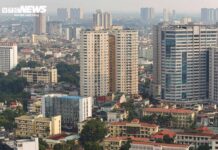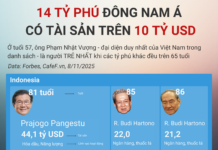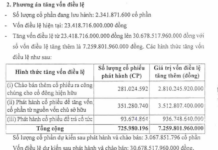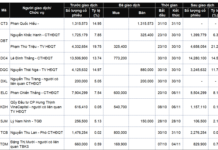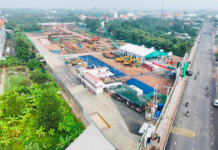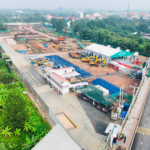According to statistics from the Vietnam Aviation Authority, in the past nine months of this year, Vietnamese airlines, including Vietnam Airlines Group (Vietnam Airlines, Vasco, Pacific Airlines), Vietjet Air, Bamboo Airways, and Vietravel Airlines, operated a total of 194,027 flights.
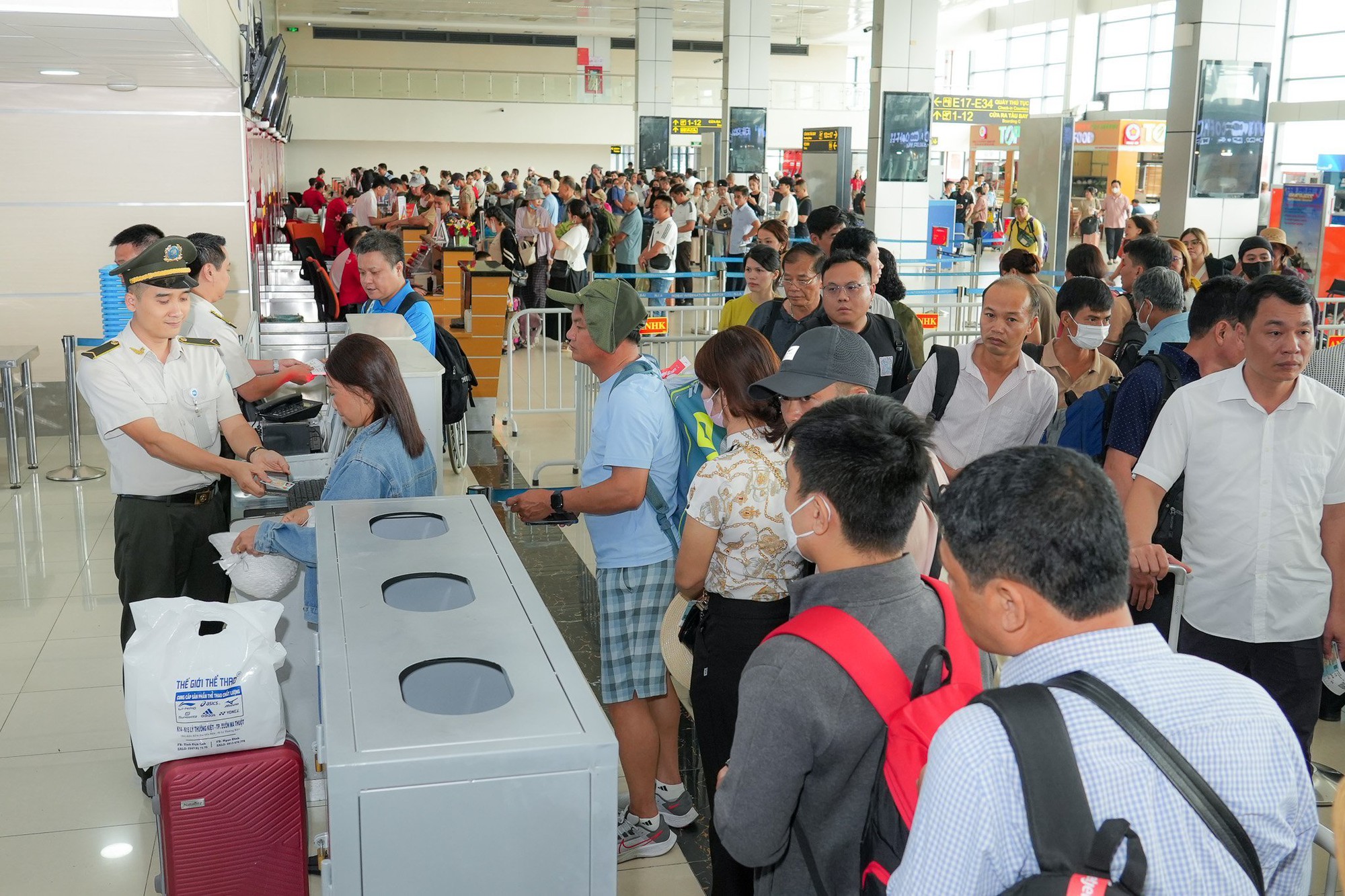
Passengers checking in. Photo: Phan Cong
Of these, Vietnam Airlines operated 83,552 flights with an on-time performance of 83%. Vietjet Air operated a total of 83,326 flights with a 63% on-time rate. Bamboo Airways operated 13,064 flights with an on-time performance of 82.8%.
Vietravel operated 4,910 flights with an 81.5% on-time rate, while VASCO operated 5,461 flights with an impressive 85% on-time performance, making it the most punctual domestic airline.
Consequently, the average on-time performance of all airlines was 74.2%, according to the Vietnam Aviation Authority.
In the past nine months, delayed flights accounted for a significant proportion, with 25.8% (equivalent to 50,031 out of 194,027 flights) experiencing delays.
Vietnam Airlines had 14,212 delayed flights (17% of its total operated flights), Vietjet Air had 30,818 delayed flights (37%), Bamboo Airways had 2,250 (17.2%), Vietravel had 908 (18.5%), Pacific Airlines had 1,050 (28.3%), and VASCO had 793 delayed flights (14.5%).
Late incoming flights were the primary cause of delays, accounting for 59.4% of cases, while airlines accounted for 29.3%.
In September, Vietnamese carriers operated 17,720 flights, a significant decrease from the previous month, with an on-time performance of 76.6%. There were also 4,142 delayed flights, accounting for 23.4%.
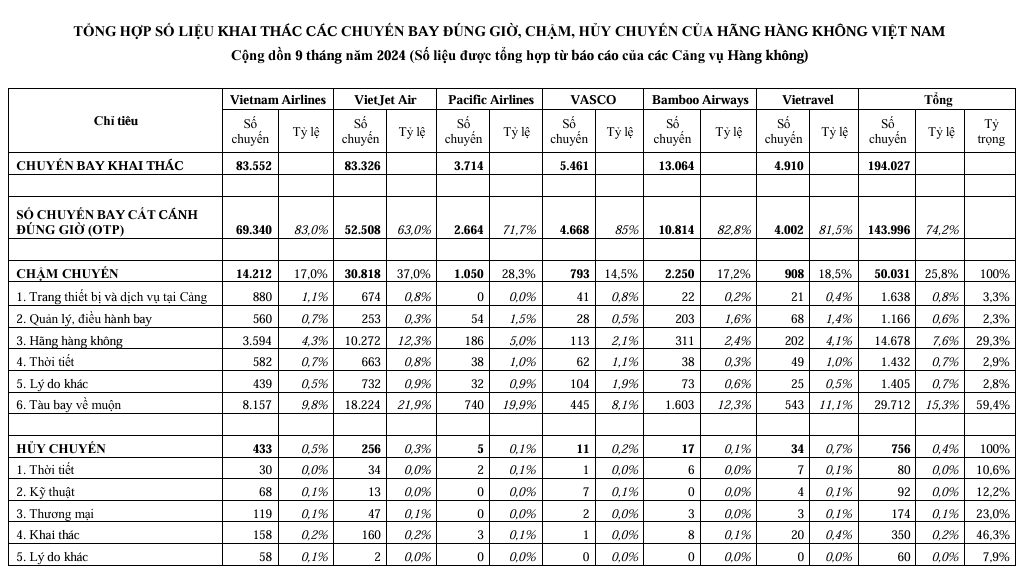
The most common cause of flight delays was late incoming aircraft. This reflects the fact that when an aircraft arrives late, it not only affects the subsequent flights of that airline but also potentially impacts the flights of other carriers at the port due to the interdependent nature of airline operations.
According to the Vietnam Aviation Authority, the main reason for the high number of delayed flights is the significant reduction in the transport force and the fleet size of Vietnamese airlines, resulting in a substantial decrease in supply capacity on their routes.
The aviation industry has implemented a range of synchronized solutions, focusing on adjusting aircraft operating times, reducing turn-around times between flights, optimizing daily aircraft utilization, and increasing flights during the afternoon and evening hours.
Currently, the average operating time of airlines has increased compared to the same period in 2023. Vietnam Airlines’ average operating time per aircraft is 13 hours/aircraft/day, a 22% increase over 2023. Vietjet Air’s average operating time is 14.5 hours/day, an 11.5% increase. Vietravel Airlines’ average operating time is 11.5 hours/day, a 21% increase, and Bamboo Airways’ average operating time is 12.5 hours/day, a 20.1% increase.
However, this solution also presents drawbacks and limitations, as there may be an increase in technical issues and flight cancellations. The Aviation Authority has directed airlines to enhance aircraft maintenance checks before and during peak seasons and coordinate closely with ground handling agents to ensure efficient flight operations.
In the future, carriers plan to continue acquiring and leasing additional aircraft to supplement their existing fleets, which will reduce supply pressure on existing routes and better meet passenger demand.









